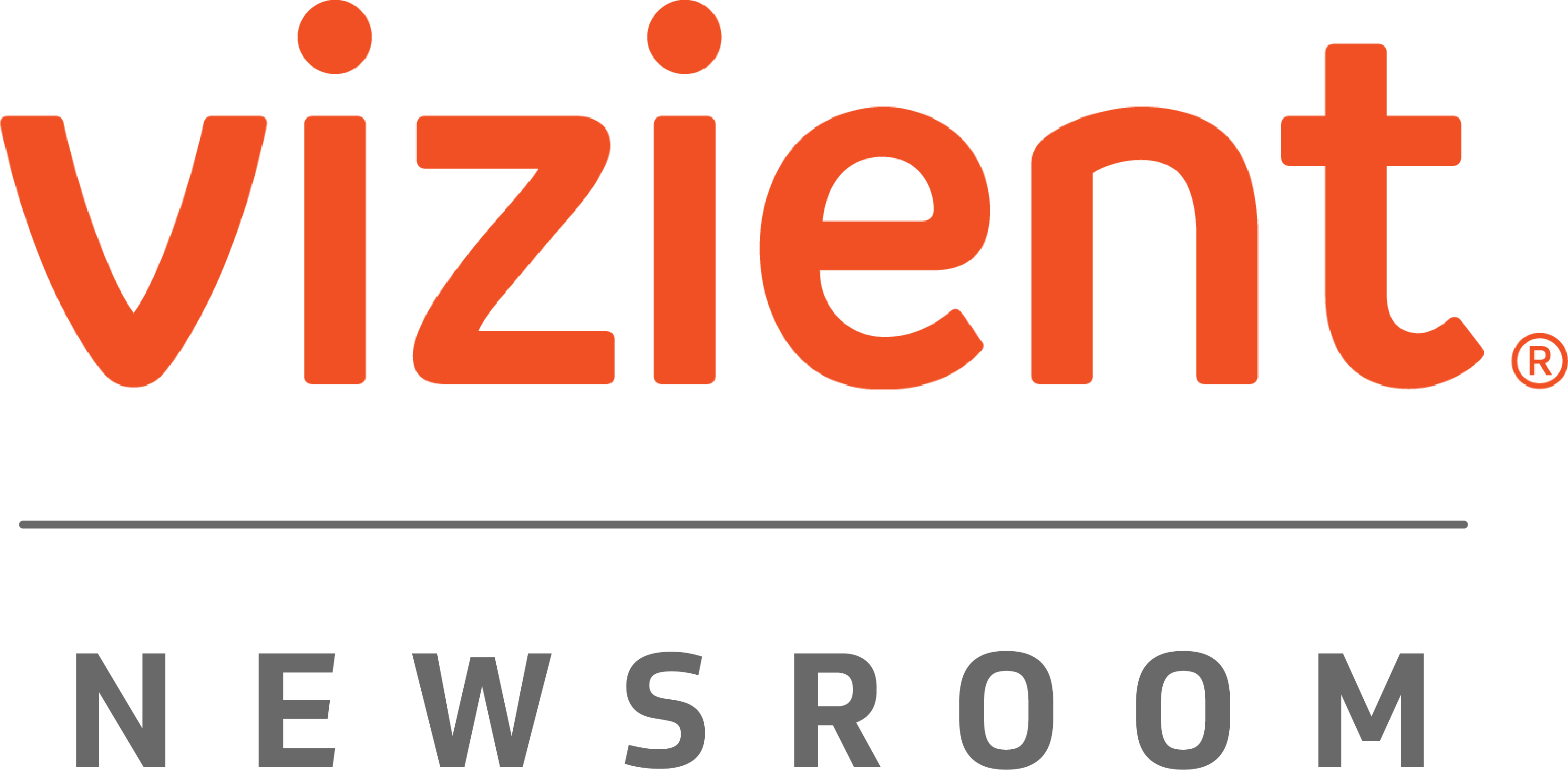By Shannon Hale
Vizient Performance Improvement Program Director
Performance improvement, designed to constantly improve care and safety for patients and staff, should be an ongoing effort for all healthcare organizations. Regulatory agencies, payors — and most importantly, patients and their families — expect hospitals and health systems to regularly measure outcomes and adopt best practices to improve the care and services they provide from topics such as decreasing falls, surgical site infections, turnaround time and workplace violence.
As the nation's largest healthcare performance improvement organization, we've worked hand-in-hand with healthcare organizations nationwide, and I've discovered many success stories and specific lessons learned on how other companies can get the most of out of performance improvement efforts. As part of a successful program and understanding that performance improvement is a continuous effort, it's important to keep in mind the following:
- Speak with and observe those doing the work you want to improve. Whether developing new protocols, workflows, policies or even seeing non-compliance with initiatives already in place, organizations that actively talk and get feedback from those doing the work (physicians, nurses, front desk, etc.) can tell you what they need, what would be helpful in improving their work and help identify barriers in their day-to-day caregiving. Observing them also can provide a great way to get to the root cause of any issues you're seeing around non-compliance.
- Include representatives from cross-departments. It's key to make sure that you have someone at the table from all departments who can help improve the efforts you are working on. One provider I worked with recently was working on decreasing inpatient falls on their unit, and had worked on this same issue before, but had not seen a big decrease. The turning point for this organization was when they realized certain roles such as transporters and nutrition services (two departments that have regular, important interactions with patients) were not included in their past discussions to decrease falls. While roles such as physicians and nurses are important, remember to look at all who regularly interact with patients and their families, and invite them to the table. After the member did this, they began to see a more significant decrease in their inpatient fall rate.
- Utilize and share data. It's not only important to share initial data about what you are working to improve with the affected staff such as those providing care. It's equally necessary to present that data to wider key committees and meeting teams. One organization working to improve early recognition of sepsis regularly asked to be on the agenda for medical director meetings to discuss data and shared in what areas they are doing well, as well as where opportunities existed to improve sepsis recognition. By sharing ongoing, updated data with staff and those in key committees and meetings, you can drum up excitement and build strong partnerships.
- Recognize there is not a "one-size-fits-all" education method. There are numerous ways to educate staff — including online modules, face-to-face education, educational webpages, and inviting an educator or peer who is passionate about a topic to speak to the team — that have proven beneficial for various organizations. Each organization is unique and their approach to education will be as well. Speaking with the team that is working to improve performance and finding out which educational method will be most beneficial for them, as well as monitoring ongoing data to ensure that performance is moving in the direction you want, are key. You may find that your initial method of education did not prove as beneficial as you thought — and that's fine. Find and utilize a different educational method (or a combination of methods) and monitor the feedback and data to see if the new method is more beneficial to your efforts.
- Celebrate successes along the way. Having a goal that you are working toward is important but celebrating wins as you go that will ultimately help you reach that target are of equal importance. One provider recently spoke about how they complete monthly chart audits around topics such as falls, addressing patient educational needs and sepsis. When they find high performers who are doing well, the leaders send letters to those team members thanking them for their exemplary efforts. This not only helps hardwire the efforts of the team, but those team members doing well become role models for other staff and can serve as "peer educators." Celebrating small wins along the way encourages growth, performance and engagement.
These examples of lessons learned around performance improvement concepts are small steps on their own but collectively can make a significant difference for a unit's success. As healthcare organizations work to continuously improve care for all patients, it's crucial to empower all staff members to embrace the concept that performance improvement is an ongoing effort.
About the author
In his role at Vizient, Shannon Hale develops curriculum and facilitates member engagement and learning as a program director with Vizient’s Performance Improvement Programs, a component of Vizient Member Networks. Prior to joining Vizient, Hale served as administrative director for the Levine Cancer Institute in Charlotte, North Carolina, where he was responsible for overall system quality, laboratory operations, a live-answer call center and a project management team.
